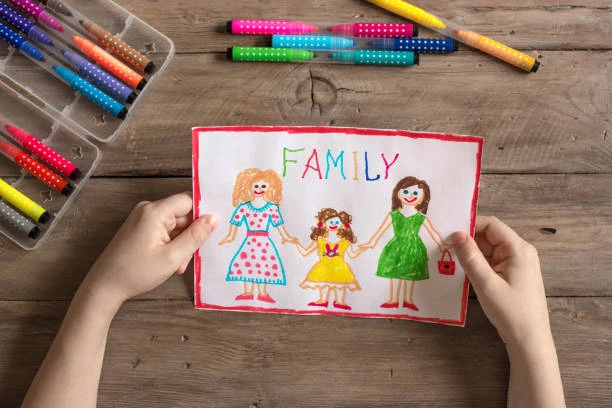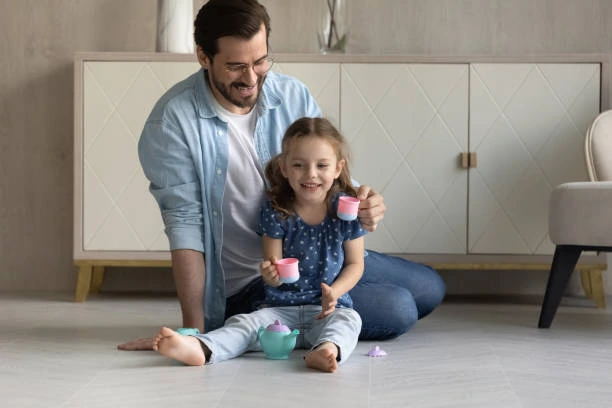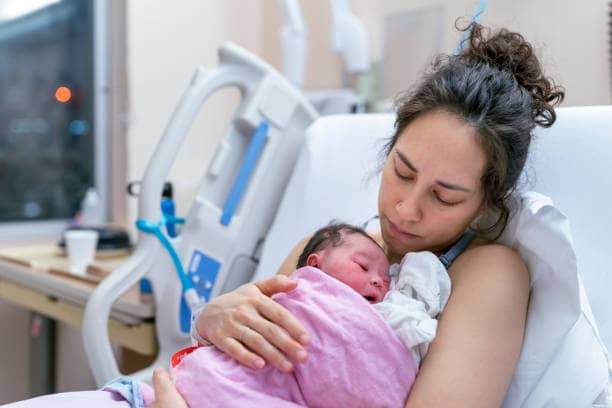Adoption Matching: 5 Best Facts About Matching In Adoption

Going through adoption can be very complex, especially regarding the matching process. The matching process is the step in adoption that ensures that adopted children are safe wherever they are adopted.
Understanding what this matching stage looks like can help you feel confident and well-prepared to go through the adoption process. So, whether you are learning about the adoption matching form or just looking to know more about the role of the matching certificate, it is important to have reliable information about it.
In this post, I will show you all the facts about the adoption matching process and guide you on how to proceed. You will learn everything from the initial checklist to the last stage of approval. By the time you are through reading this post, you will be resting assured that your adoption journey will be successful.
First, let us define the matching process.
What Is the Adoption Matching Process?
The matching process in adoption is all about bringing the adoptive children and their prospective adoptive families together to create the best for both parties involved.
This journey begins with adoption agencies or professionals checking each child’s needs, preferences, and background and then looking to verify how ready and capable the intended adoptive parents are to adopt. Some of the crucial keys of adoption, including the culture and racial backgrounds, health requirements, etc., are all considered before the matching is done.
The importance of adoption matching can never be understated, as it aims to make sure that the children are placed in very good homes. This process can vary by country or agency, with timelines and criteria differing based on legal requirements and the availability of suitable matches.
Factors Considered in Matching:
Before matching any adoptee with adoptive families, the matching agencies will take time to carefully assess so many factors to ensure that any child is placed in a good home. They aim to have successful family child placements.
So many things are considered during the adoption matching process, but the number one criterion is the child’s background, ethnicity, age, and other histories. All these help the matching agencies to ensure the child is placed in a family that is ready to take proper care of him or her.
For example, culture is often considered to ensure the adoptee can easily connect with their heritage. The child’s specific needs, including their health conditions, trauma history, and other emotional challenges, are other factors of concern before adoption matching. The greatest concern for agencies is to find a family that can offer the necessary resources, stability, and a home that will suit the child’s well-being.
The next thing considered before matching in adoption is the family’s strengths. This is all about the family’s parenting experience and their readiness to address specific needs, as well as their capacity to provide a nurturing environment. All these important steps taken by the agencies are to create placements that will engender growth and emotional health, so the child can thrive with the new family.
The Challenges and Rewards of the Matching Stage in Adoption:

- Challenges in the Matching Stage: The match stages of adoption come with different challenges, and each family entering the stage usually experiences some emotional and practical challenges like the uncertainty and potential duration of the process. Adoption matching can last for several weeks or months, and waiting periods are sometimes extended because of compatibility, child availability, and other preferences. Some families may also face the problems of managing expectations because the ideal match may change from what they already expected. This adoption matching stage can cause anxiety and severe stress, as families may be challenged with fears of being rejected or misaligned, especially if they have envisioned specific needs or qualities for their future family member.
- Emotional Rewards of a Successful Match: The rewards that come after a successful match can be deeply fulfilling and transformative to adoptive families. The adoptive families feel a sense of connection and accomplishment because they will soon be home with the child they are meant to love as their own. This moment often brings a sense of closure to the uncertainty and is a powerful milestone that shows the beginning of a new family journey. The whole dream and the emotional investment have finally been crowned a lasting, loving bond with the latest child of the family. The adoptive families, at the end of it all, see all their stresses and the challenges they face during adoption as what made the whole process meaningful.
How To Have A Successful Adoption Matching Process Faster:
1) Understand the Adoption Process and Set Realist Expectations:
One of the ways to succeed in whatever you are doing is to learn about the principles that make you succeed in that very thing. For example, if you want to pass an exam, you must study for that exam to succeed. That applies to adoption matching; you must understand the adoption process to have a successful matching process. Therefore, learn about the adoption requirements, timeline, and criteria for matching required by agencies.
Also, understand that the journey may take longer to accomplish and could involve setbacks too. Setting realistic expectations will help you manage disappointments so you can focus on the bigger picture. It’s also important you know what to expect as you go through each other’s steps to reduce stress. This clarity will not only help you to be prepared mentally but will also hand the road map over to you and make the experience less tedious to you.
2) Build Open Communication with Adoption Professionals:
You will also have a successful adoption matching process if you have transparent and open communication with your adoption agency or the social worker. Check on them regularly and ask them any bothersome questions about the adoption process or an update about your case. That will help you have a good partnership with the professional and allow them to have a better understanding of your family’s preferences and needs.
Clear communication will also keep you informed about the whole process and reduce your anxiety, as you will know everything that will help you address potential issues on time. Having a strong relationship with your adoption team helps the process to be easier and more collaborative and makes you stay focused and motivated.
3) Stay Flexible and Open to Unexpected Opportunities:
While preferences are natural, it is important to be flexible when going through adoption, as it will open the doors for unexpected opportunities for you. Understand that sometimes the matching process may be completely different from your initial expectations, but being open-minded will enable you to see opportunities in various situations.
Being flexible allows for adjustment if there’s a criteria shift or change in duration, and it enables you to approach the process with ease. This open-minded attitude can make your experience easier, allowing you to discover the best for your family.
4) Adoption may come with many emotional and psychological challenges and may be more complex when the child you intend to adopt has experienced trauma. This is why you need to prepare yourself better with everything there is to learn about the topic, so you are equipped with a nurturing, supportive post-adoption environment.
Search for resources on trauma responses, attachment, and tips to support children through transitions. Understanding these potential challenges will help you create a better environment for the adopted child as well as help you navigate any hurdles when adjusting to their new home.
5) Seek support from other adoptive families.
I also advise making meaningful contacts when going through the adoption matching process, as they always say that “two heads are better than one.” Having this in mind, you must understand that talking to others who have gone through the adoption matching process before you.
Experienced adoptive families can provide good insights that will help you go through the ups and downs that are waiting for you. Therefore, whether you are going through in-person meetings, online communities, or just wish to connect with other families, you could get enough help that will make you feel less isolated. Learning from these experiences will keep you prepared and bring a sense of community and knowing the process firsthand.
In conclusion:
As I conclude this post, I want you to understand that the adoption process is a journey that is filled with unique challenges and mouth-watering rewards. Therefore, understanding each of the stages can be the best step you should take.
By setting realistic expectations and having quality communication with the agencies, flexibility, and seeking support, you will be fully ready to go through the process without stress. Remember that each of these steps may seem long or unknown; it is therefore important the adoptee finds a loving, supportive, and safe home for the child.
The commitment, patience, and love you invest in having a successful matching stage can help you build the foundation of a thriving family. Going through this journey with hope and knowing that all your efforts are not in vain will contribute to a meaningful bond you will have with your future baby.




